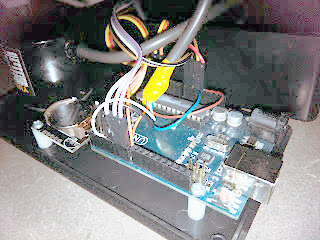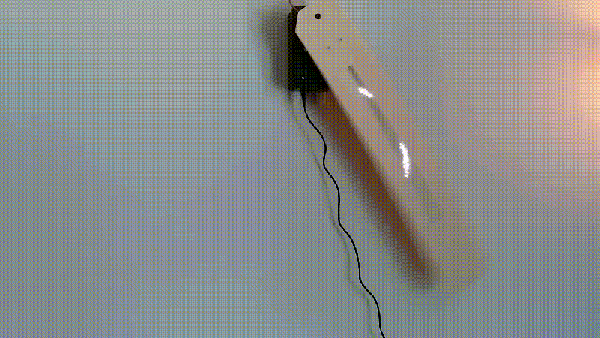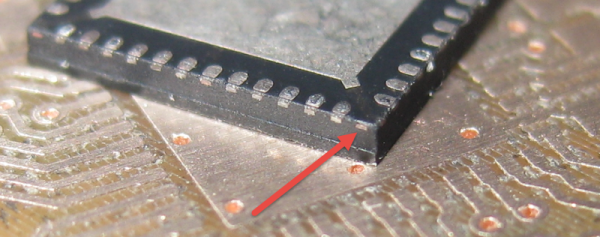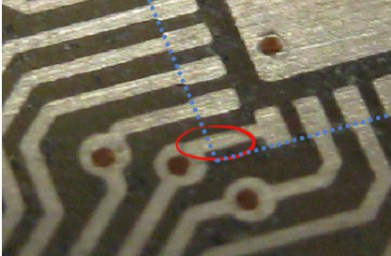You’ve probably seen the ads and heard the buzz about the movie “The Martian”, where a Mars astronaut, Mark Watney, is left on the planet and presumed dead. You may have read our previous article about the eponymous book by Andy Weir. That article wondered if the movie would do justice to the book.
It did.
In summary, Watney survives by creating one glorious, but realistic, hack after another. NASA and the other astronauts support him by coming up with some marvelous hacks along the way. One, encompassing the entire spaceship containing the surviving astronauts, is developed by  the ship’s Captain, Melissa Lewis. Okay, that one may not be totally realistic but it’s mind blowing.
the ship’s Captain, Melissa Lewis. Okay, that one may not be totally realistic but it’s mind blowing.
Reading about the hacks is one thing. Seeing them on the screen adds another dimension. Matt Damon, as Watney, mixing his own waste with water to fertilize potatoes is an image you cannot create in your mind’s eye.
One usual trick Hollywood plays is to switch the actions of minor characters to the major characters. That leaves out the ‘little guy’ in the backroom who frequently has the great idea. Often that’s us. Here they kept the woman who first saw Watney moving equipment on Mars and the astrophysicist who, well, I won’t spoil it, saved the day.
For hackers, this movie should be paired with “Interstellar”, because of their fidelity to science. “The Martian” contains actual NASA technology and plans for Mars missions. “Interstellar”, well, what can you say bad about a movie that originated in the mind of Caltech Theoretical Physicist, Kip Thorne. The science in this movie is so real Thorne wrote an entire book describing it, and managed a few scientific papers based on the research required to accurately present the black hole.
It’s a wondrous trend to see science fiction movies based on real science and not being dumbed down to the point of insult. You know it has to be good if XKCD did a comic. Surprisingly, Hollywood didn’t do a ‘hack’ job on either of these movies.
Movie trailer after the break.
Continue reading ““The Martian” Is A Hacker’s Dream – In Space” →
 Behind the clock is an Arduino driving a MAX7219 LED controller. Using the MAX7219 was a challenge because it expects a grid of LEDs while the clock needs a linear array. [Dylan] used a line of individual LEDs wired to match what the controller wanted. A rotary encoder tells the processor the position of the arm so the Arduino sketch can determine which LEDs should be lit to show the time and clock face.
Behind the clock is an Arduino driving a MAX7219 LED controller. Using the MAX7219 was a challenge because it expects a grid of LEDs while the clock needs a linear array. [Dylan] used a line of individual LEDs wired to match what the controller wanted. A rotary encoder tells the processor the position of the arm so the Arduino sketch can determine which LEDs should be lit to show the time and clock face.



 The PCB layout just happens to have a trace exiting right under this conductor. The two aren’t touching, but without solder mask, a bit of melted metal was able to mind the gap and connect the two conductors. [Eric] notes that although the non-pad isn’t documented, it’s easy to prove that it is connected to ground and was effectively pulling down the signal on that trace.
The PCB layout just happens to have a trace exiting right under this conductor. The two aren’t touching, but without solder mask, a bit of melted metal was able to mind the gap and connect the two conductors. [Eric] notes that although the non-pad isn’t documented, it’s easy to prove that it is connected to ground and was effectively pulling down the signal on that trace.




 hose licensed as hams will be able to
hose licensed as hams will be able to 









